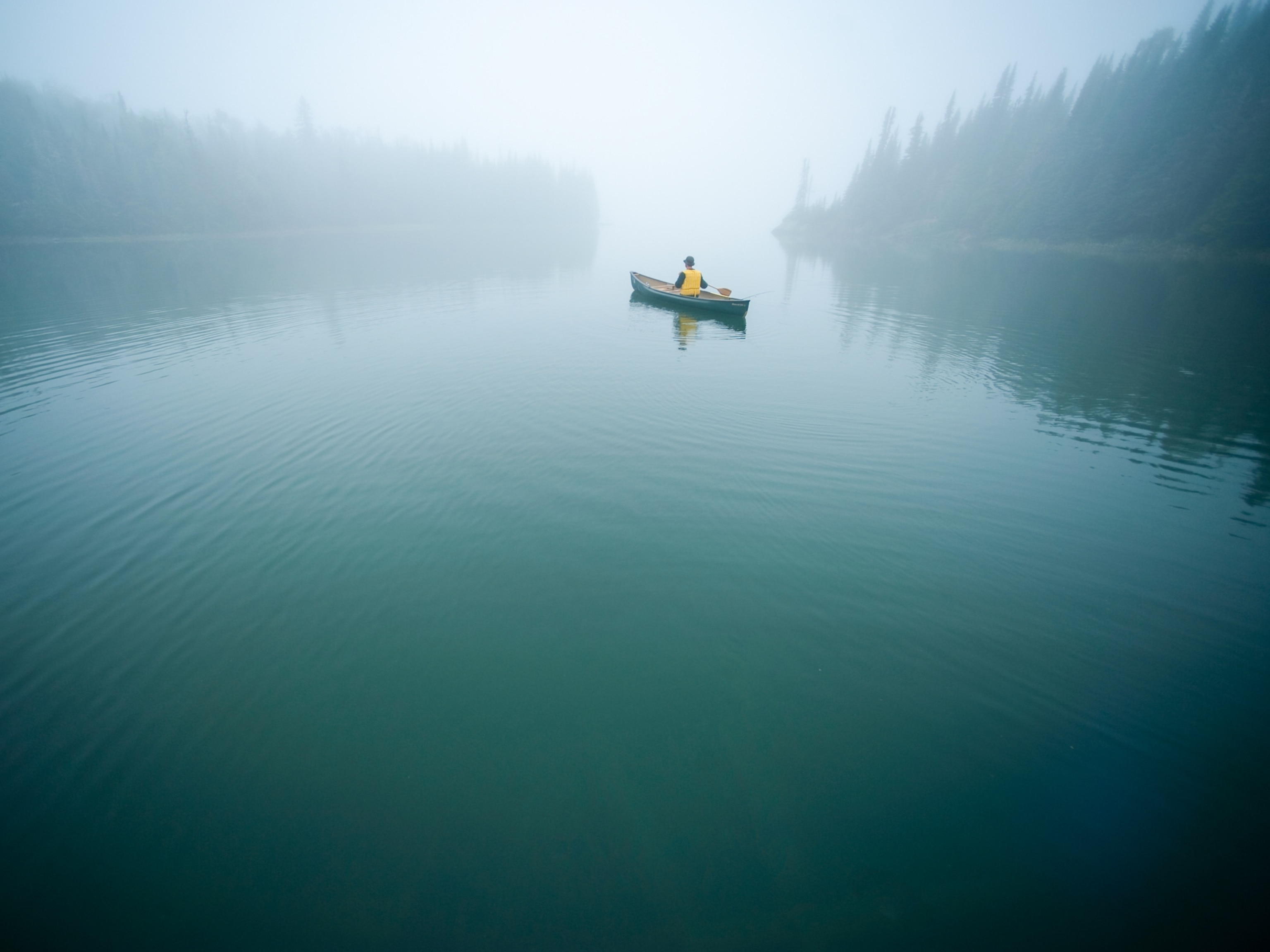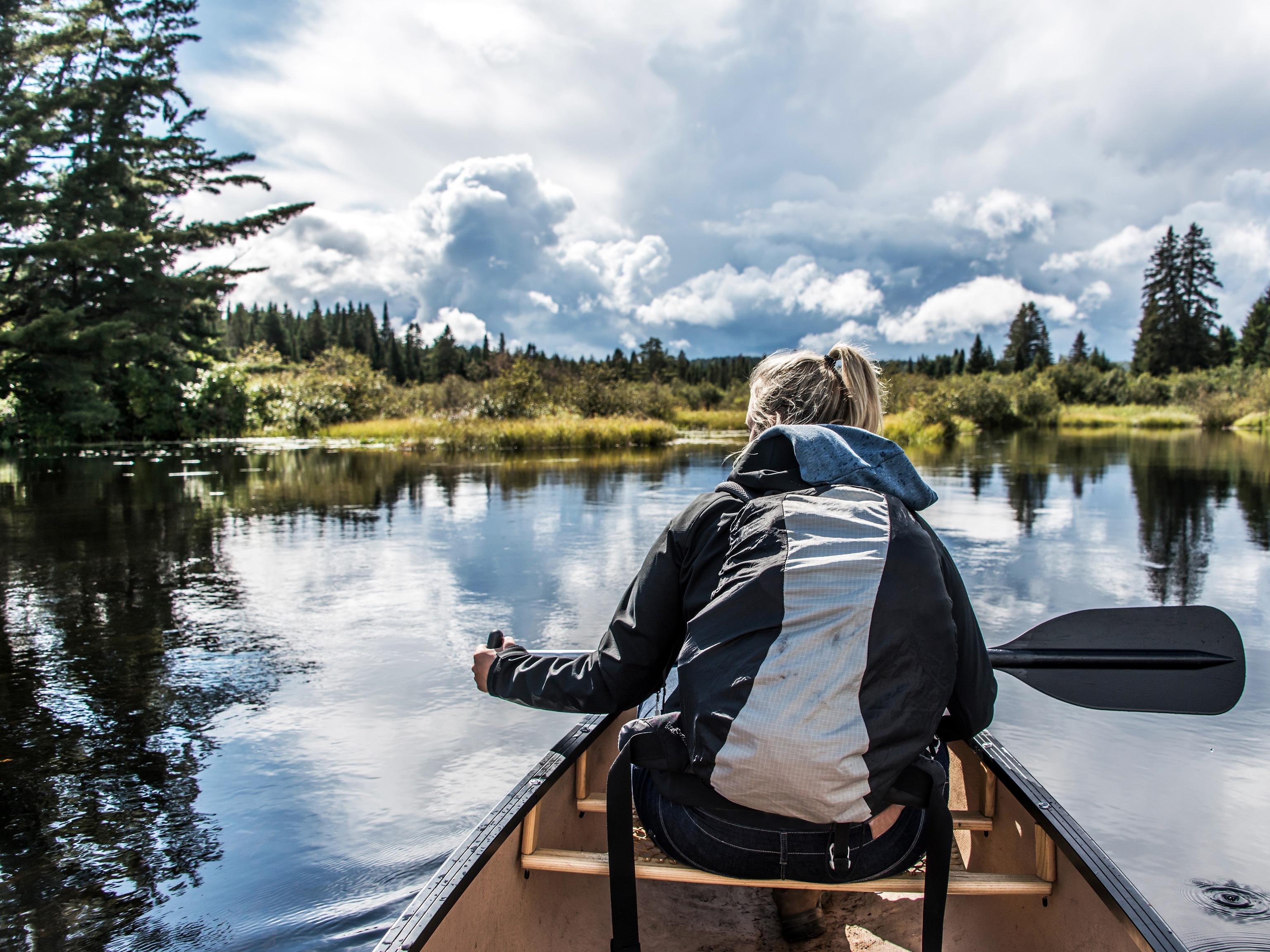Ontario: A land among lakes
More than 250,000 lakes give life to Canada’s most populous province, where everything from clear, blue waters to dive-ready shipwrecks await the type of traveler who answers each aquatic siren song.
When it comes to water-based getaways, tropical beaches get all the glory. But one of the most wildly diverse aquatic environments in the world lies far from the Equator, where palm trees are replaced by the towering pines and sweet maples that surround more than a quarter-million lakes in southeastern Canada’s economic hotspot. Even its name is lake-derived from the eponymous Lake Ontario, an adaptation of a word meaning “sparkling water” from the Haudenosaunee Indigenous Peoples. Nearly one-fifth of the world’s fresh water can be found in the province, perhaps unsurprising given that four of the five Great Lakes serve as the province’s borders.
And while they are great—Lake Superior, as the largest of any freshwater lake in the world by surface area, even has its own tide—Ontario is as dynamic as its environs, a land of both industry and conservation, society and solitude. And so, too, are its lakes. From any shore, you’d be hard-pressed to skip a rock without hitting a provincial park, UNESCO biosphere, or marine reserve dripping with dramatic beauty. With myriad ways to ripple the surface of Ontario’s waterways, here's how to find your match among the many.
Georgian Bay: Everyday adventurist
Photos of Georgian Bay might have you thinking you’re headed to the cliffs above Australia’s Great Barrier Reef—if it weren’t for Ontario’s characteristic white spruce, white pine, white cedar, and red oak trees overlooking the shoreline. The most tranquil parts of Georgian Bay are only two hours from Toronto, located in Bruce Peninsula National Park, a UNESCO World Biosphere Reserve. Pristine and protected—though so popular that summer visitors must reserve parking in advance—it’s an everyday adventurer’s dream: Spend days alternating between wetland hikes, bouldering, and cooling off in the cool crystal waters of a subterranean swimming hole or at Fathom Five National Marine Park, where two dozen shipwrecks pique curiosity for the SCUBA-certified. For the uninitiated, those same wrecks can be appreciated through a glass-bottomed boat on tours that also cruise past Flowerpot Island. By night, tell tales around a campfire at a large, park-managed yurt, stocked with all the creature comforts needed to rest well so the adventure may continue tomorrow. Availability is limited though, so be sure to book well in advance.
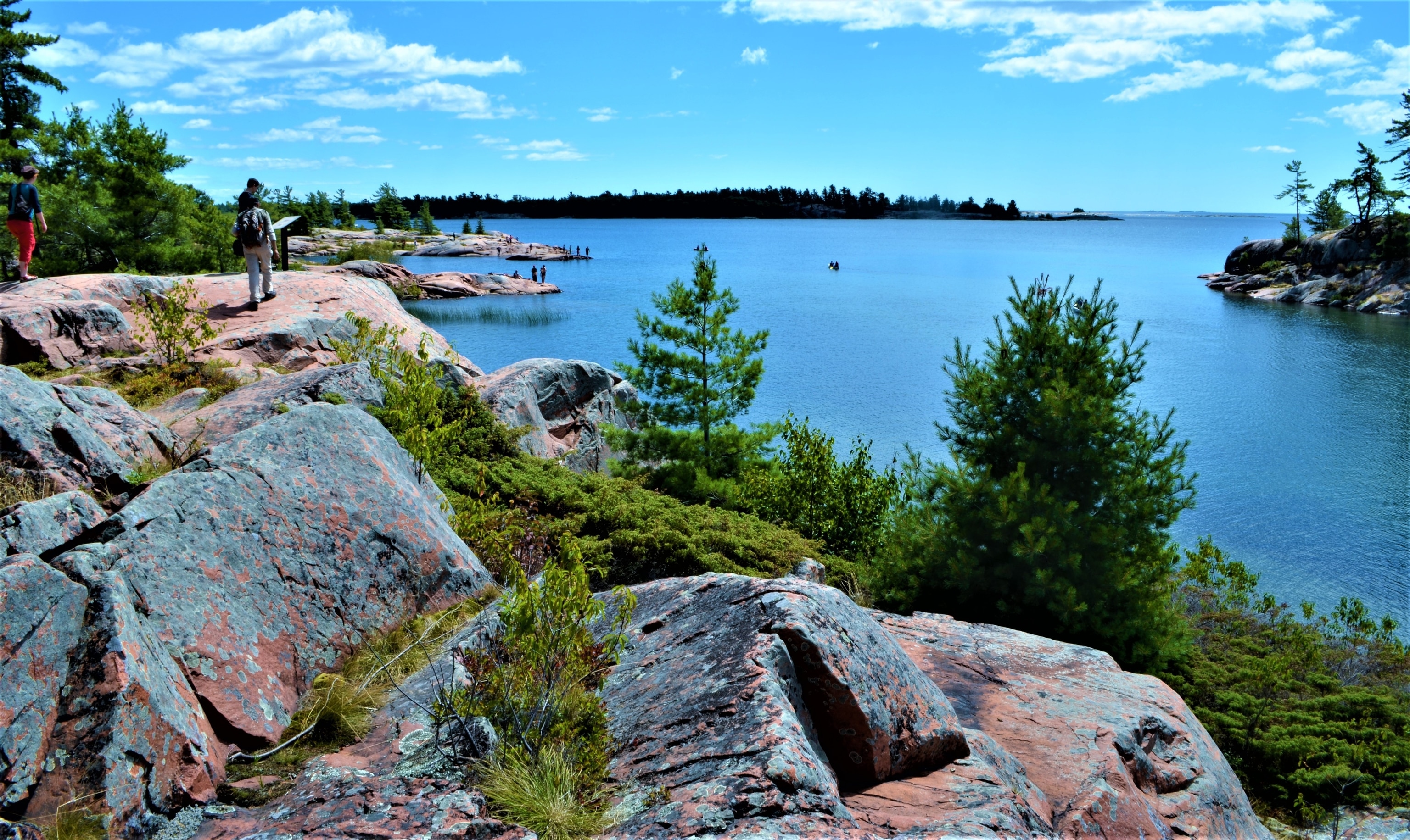
Wabakimi Provincial Park: Rewilding naturalist
A remote but vast wilderness area in the northern part of the province, Wabakimi has no direct road access, making the journey by canoe, floatplane, or train as enticing as the destination itself. Here, travelers come to rewild themselves—the experience isn’t about disconnecting, so much as connecting with something greater than the everyday noise that engulfs city dwellers. Out here, in the world’s largest paddling area, there’s nothing but purity, a rare opportunity simply to exist—be it camping or the comfort of a wilderness resort—among endangered wolverine and woodland caribou, feed from waters filled with walleye and speckled trout, and wish upon a view of the Northern Lights.
Ottawa River: Thrill seeker
The Ottawa River is the original Canadian superhighway, promoting trade through the province. It also plays a vital role preserving fragile ecosystems, including two dozen endangered species in the valley that the river has carved. The energy of this Canadian Heritage River, which pumps more water through its channels than the combined waterways of all of Western Europe, draws thrill seekers to the churning Class III–V rapids along its Rocher Fendu section. Those who like to look, but not touch, can still get their thrills traveling 120 feet (37 meters) above the river at speeds of up to 31mph (50 kph) on an interprovincial zipline (the first of its kind!) between Ontario and Quebec, or by biking along its shore on the almost 19-mile-long (30-kilometer) riverside trail.
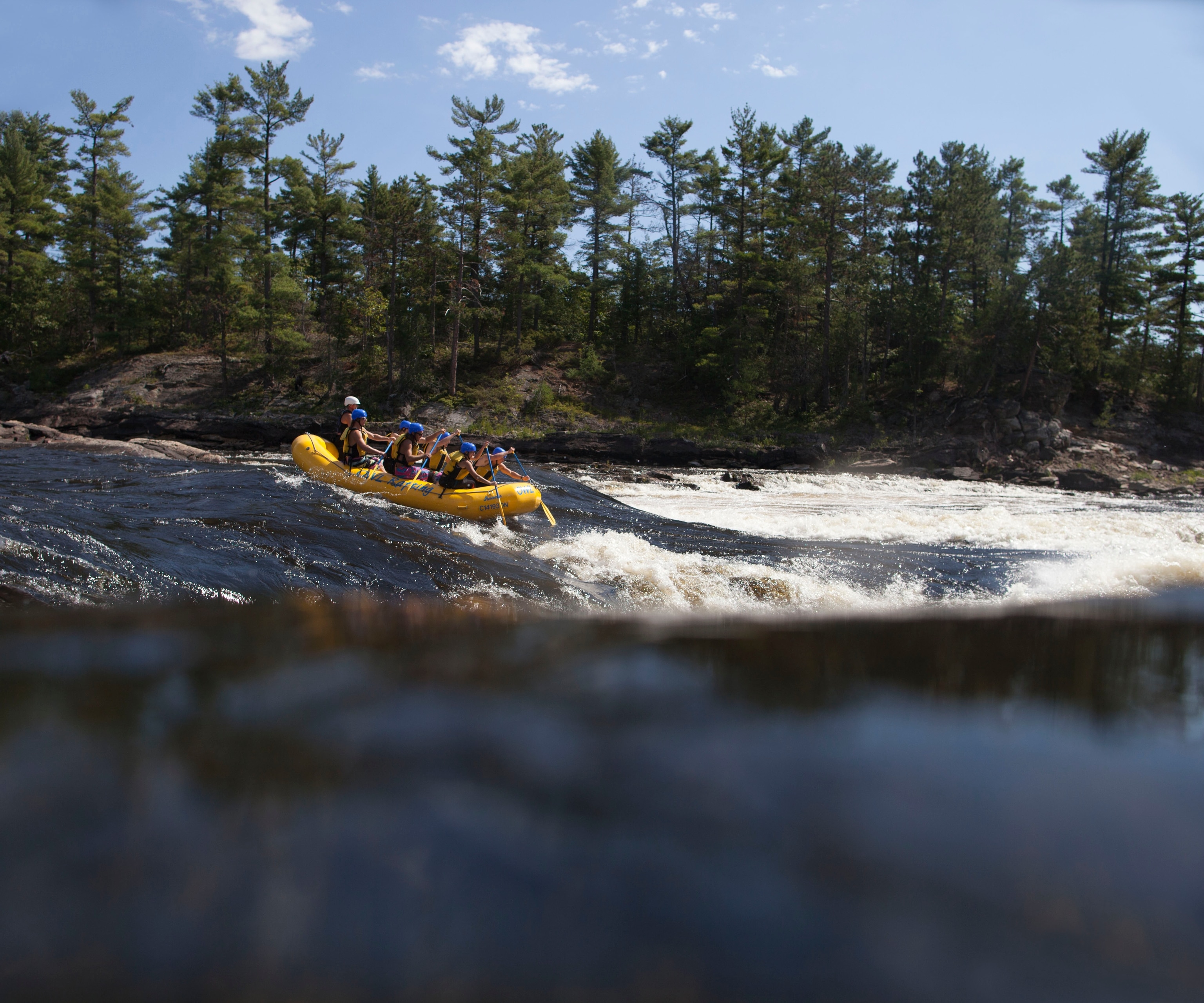
Algonquin Provincial Park: Curious introvert
Canada’s first provincial park, Algonquin in central Ontario is home to nearly 1,200 miles (2,000 kilometers) of paddling routes, over 1,500 lakes, and almost no interior roads. It’s all human-powered adventure here, except when the dog sleds come out in winter. Here, connecting to the stillness of life reveals its vitality, and those who prefer solitude over social gatherings find comradeship with the open sky alongside white-tailed deer, moose, black bear, and wolf. The most tenacious of solo adventurers can find one of Canada’s rare green headwaters at Nadine Lake, where a multi-day expedition (supported by an outfitter and shuttle service) is rewarded with a spring-fed basin of stillness that’s rippled only by a native brook trout fishery. Those wanting to add doses of human company flock to nearby Muskoka, a popular district of lakes known as cottage country, where a thick dusting of charm layers natural beauty in charismatic colors year-round, and particularly in the fall.
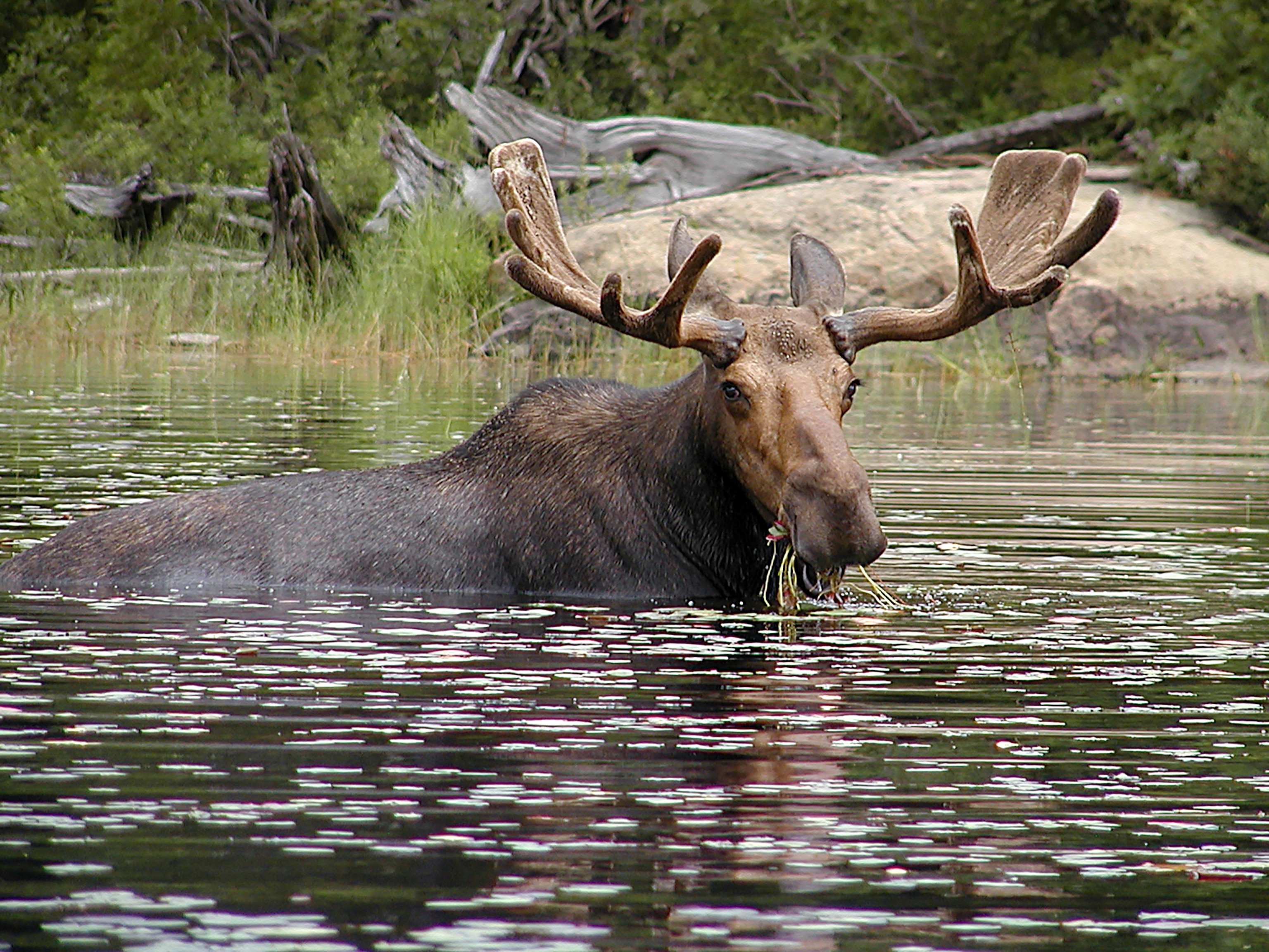
Greater Lake Ontario: Weekend warrior
As one of North America's Great Lakes, and cradling Toronto, Canada’s largest city, Lake Ontario never sleeps, even when its surface turns glassy. Some of Ontario’s most loved communities are found along this important body of water, including at Port Hope, Cobourg, and Kingston. Every stretch of water that touches the Great Lakes system flows through Lake Ontario's basin and, as a bridge to the Atlantic Ocean, it serves as a vital tradeway and path for migrating fish. The lake is as diverse as the population that calls the watershed home—a full quarter of the province—its waters proving irresistible to city-dwellers. Explorers are drawn to The 1000 Islands, an archipelago of nearly 2,000 islands at the lake’s eastern international border (and on the southern end of the UNESCO-recognized Rideau Canal), where the waters were once favored by pirates and filled with Prohibition-era contraband. Today though, due to the accessibility of the water, you’re more likely to find avid boaters, paddlers in kayaks and atop SUPs, and swimmers catching a cool break from urban life.
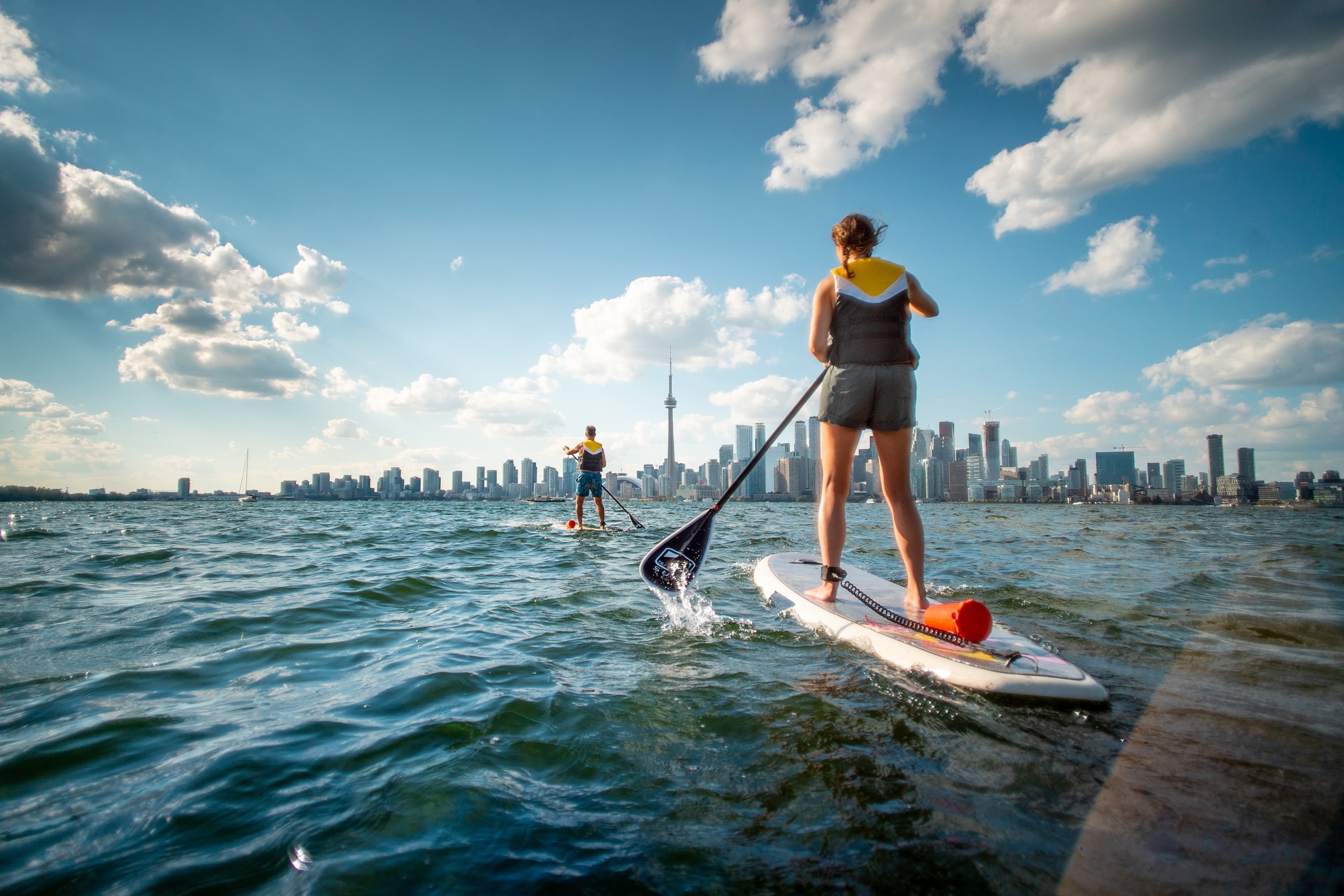
Sandbanks Provincial Park: Beach seekers
Those with a love of sand must head to Sandbanks Provincial Park in Prince Edward County for tranquility on the shores of shallow, family-friendly waters. A dramatic seven-and-a-half-mile (12km) backdrop of sand dunes formed by glaciers 12,500 years ago creates a soft, undulating visual that gently lulls visitors into relaxation like a lullaby, along seemingly endless beaches, while bright orange monarch butterflies dot the air from May through October. Those tickled by uncovering beautiful shells and rocks will find a treasure trove at West Point, between Outlet and Lakeshore beaches, where a mile-long bike trail is lined with limestone that holds 450-million-year old fossils.
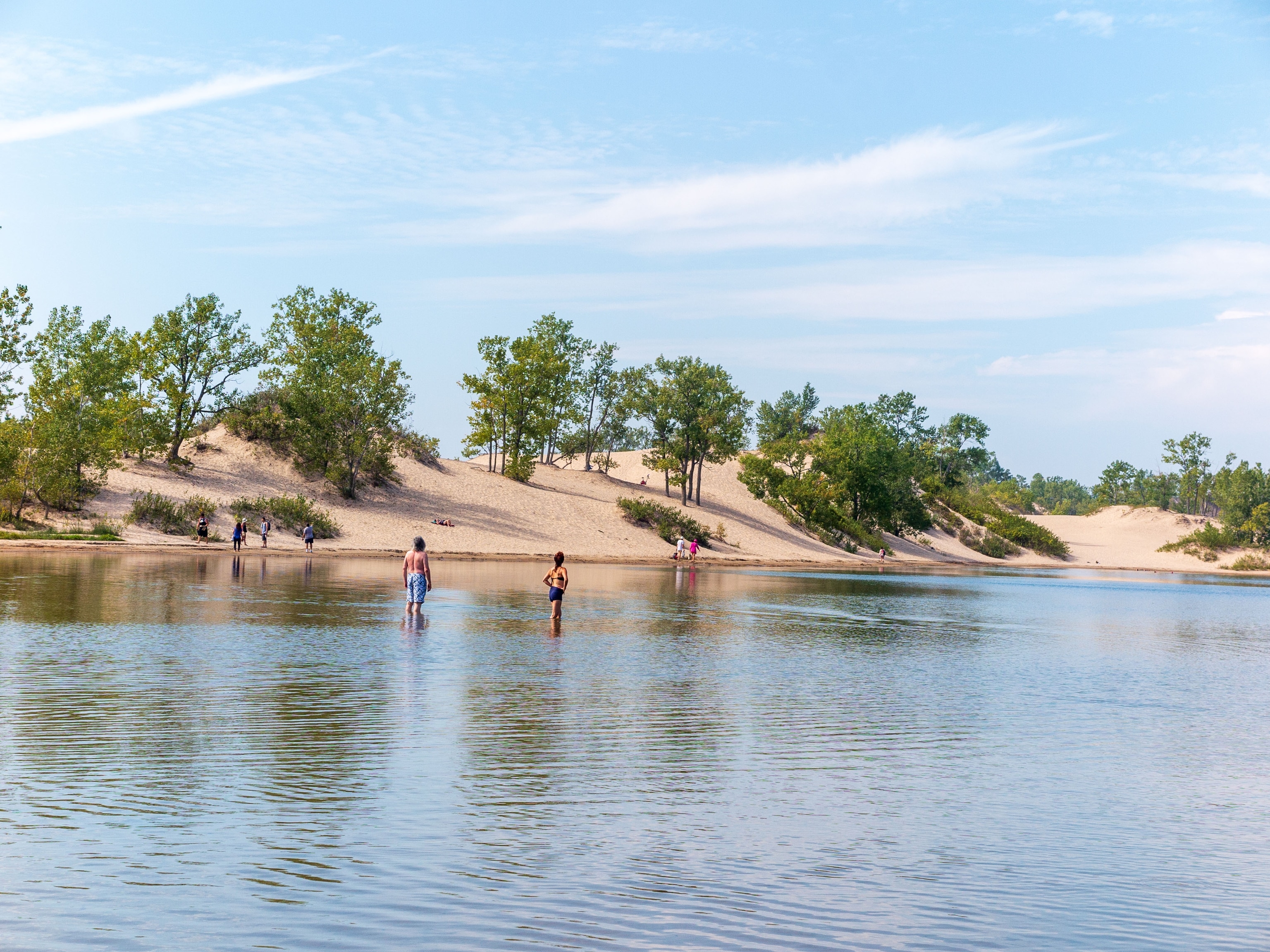
The pull to gather at fresh water may no longer be a survival instinct, but no matter what type of waterway calls to you—wild or glassy, remote or urban—it remains a reminder of our humanity, how all living creatures, both flora and fauna, are connected by and reliant on this simple yet precious resource. And in Ontario, where so much of the world’s freshwater sits, we’ve barely touched the surface.

